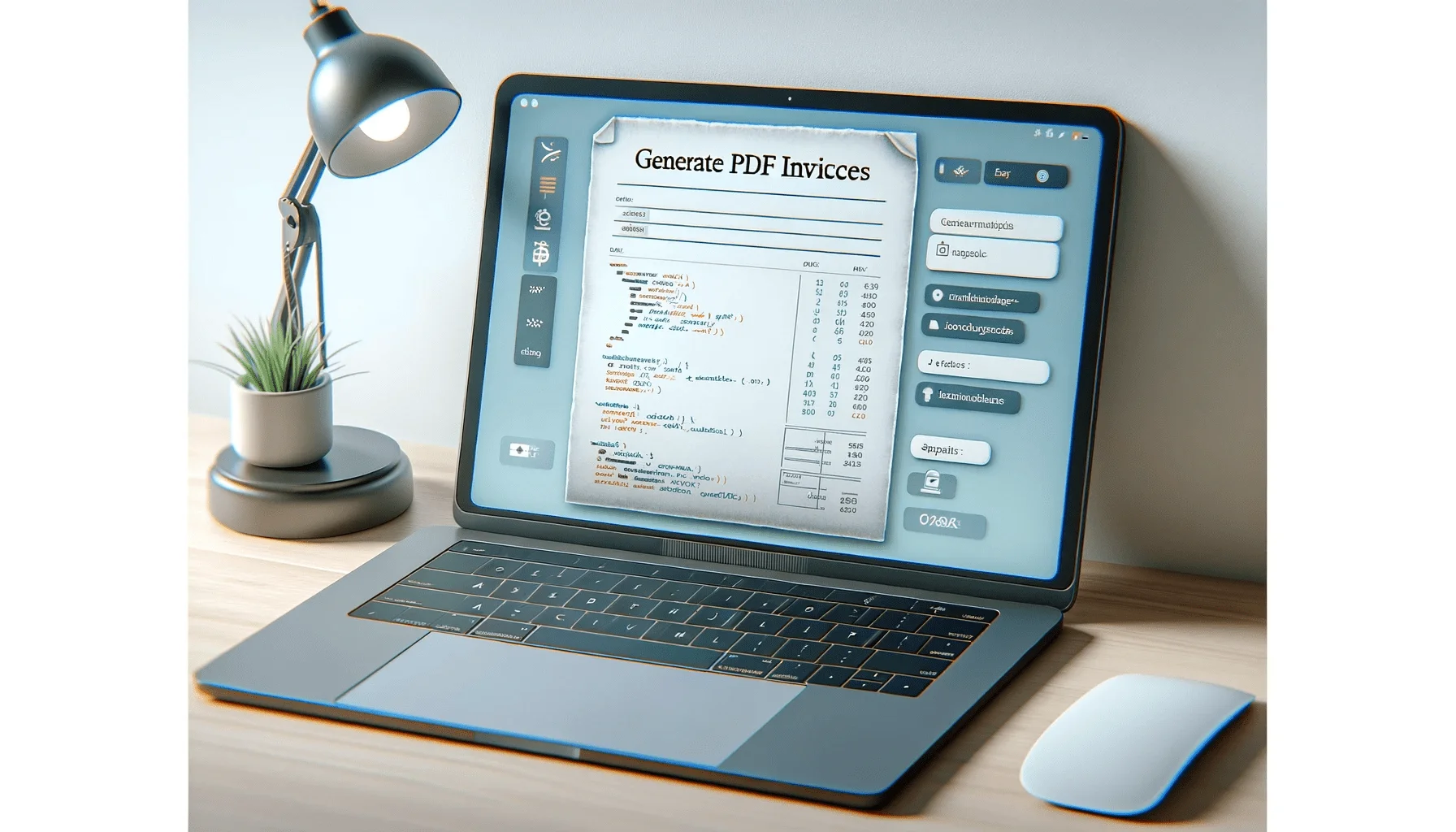
Introduction 🌐
In the digital era, providing users with the option to download data as a PDF is a crucial feature for many websites. PDFs (Portable Document Format) are particularly useful for downloading invoices, ticket bookings, and shopping cart details. This updated guide delves into creating PDFs from HTML using JavaScript, highlighting the html2pdf library, which combines the power of html2canvas and jsPDF for client-side PDF generation.
Why html2pdf? 🤖
html2pdf offers a versatile solution, converting web pages or elements into printable PDFs entirely on the client side. This approach simplifies the process and enhances user experience by eliminating the need for server-side processing.
Step-1: Installation 🔧
For modern web development, using package managers like npm or yarn is recommended for a streamlined workflow:
| |
Alternatively, you can include the html2pdf CDN link directly in your HTML for simplicity:
| |
Step-2: Creating the Invoice Template 📄
Leveraging Bootstrap for interface styling, we can create a user-friendly and visually appealing invoice template. Here’s an example of how you can structure your HTML for the invoice:
| |
I’ve crafted a sample invoice template, the source code of which is detailed below. Upon interacting with the Generate Invoice button, a script is executed to capture the HTML content and translate it into a downloadable PDF format.
Step-3: Implementing the PDF Generation Button 🖱️
To initiate the PDF creation, we include a button element in the HTML. This button, when clicked, will trigger the PDF generation process using the html2pdf library:
| |
In conjunction with the button, we use a JavaScript block to handle the click event. This script captures the HTML content within the invoice container and utilizes html2pdf’s methods to generate and save the PDF:
| |
Step-4: Complete Code Snippet for PDF Generation 🛠️
To ensure clarity and provide a hands-on example, here is a complete JavaScript code snippet that demonstrates how to generate a PDF invoice using the html2pdf library. This snippet should be added to your HTML file within a <script> tag, just before the closing </body> tag.
| |
Make sure to replace the comment <!-- Insert your sample invoice template HTML code here --> with your actual invoice template code that you want to be converted into a PDF. This complete snippet now includes the HTML structure, Bootstrap for styling, the html2pdf library for conversion, and the JavaScript necessary to bind the click event to the ‘Generate Invoice’ button, which upon clicking, will convert the content of the invoice to a downloadable PDF file with the specified options.
Step-5: Source Code and Live Demonstration 💻
The complete source code is provided to ensure you can replicate the functionality on your own website. The code includes both the HTML structure and the JavaScript necessary for converting your invoice template into a PDF.
For a practical understanding, a live demo is available that showcases the PDF generation in action. By observing the demo, you can see the exact process and end result of the HTML-to-PDF conversion.
Conclusion ✅
In this guide, we learned how to create PDF invoices using JavaScript and the html2pdf library. This method is great because it’s easy and works directly in the browser, without needing a server. It’s a useful skill for making websites more helpful, especially for things like online shopping receipts or event tickets. By following these steps, you can add this feature to your websites, making them more user-friendly.
Thank you for following along, and happy coding!